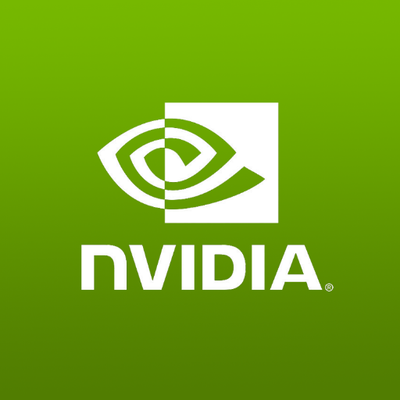
NVIDIA Software Engineer — Behavioral Interview Template (Values, Ownership, Cross‑Functional Execution)
What this covers: A 60‑minute behavioral round focused on NVIDIA’s cultural values and execution style for software engineers. Interviewers probe for intellectual honesty, bias for innovation and speed, excellence in execution, and one‑team collaboration across hardware, firmware, driver, and research/product partners. Focus areas and what good looks like: - Intellectual honesty and decision quality: Clear problem framing, surfacing unknowns/risks early, changing course when data contradicts assumptions, principled trade‑offs (e.g., latency vs. throughput, performance vs. correctness). - End‑to‑end ownership under ambiguity: Taking a feature/bug/perf target from vague ask to shipped result; setting measurable goals (e.g., X% perf uplift, crash rate reduction), creating guardrails (tests, perf gates), and closing the loop with learnings. - Performance mindset and quality bar: Stories about debugging hard issues (concurrency, memory, perf regressions), using data and tooling (e.g., profilers, tracing) to drive decisions, and preventing recurrence with automation. - Cross‑functional execution in a matrixed environment: Collaborating with silicon/architecture, driver, QA, and partner/OEM teams; managing dependencies and schedule pressure during bring‑up or release; influencing without authority and communicating crisply across time zones. - Customer/partner impact: Handling escalations (OEMs, cloud providers), balancing short‑term hotfixes with long‑term fixes, communicating risk/ETA clearly, and protecting confidentiality/IP around unreleased silicon/features. - Learning velocity and innovation: Shipping iteratively, simplifying complex solutions, and demonstrating curiosity (mentoring, code reviews, proposing tooling or process improvements that measurably raise team throughput or reliability). Typical structure (guide for interviewers): - 5 min — Warm‑up and role context; align on candidate’s recent scope and team interfaces. - 30–40 min — 2–3 deep dives using STAR/PAST: one project with concrete metrics (e.g., perf win, stability improvement), one cross‑org collaboration or production incident, and one challenge/failure with retrospective. - 10 min — Values probes (intellectual honesty, speed with care, one team) using follow‑ups that pressure‑test ownership and data‑driven choices. - 5 min — Candidate questions (look for signal on curiosity, customer impact, and ability to navigate NVIDIA’s hardware+software stack). Sample NVIDIA‑flavored prompts: - Tell me about a time you owned a performance target end‑to‑end. What baseline did you start from, what tools/metrics did you use, and what shipped impact did customers see? - Describe a production incident or partner escalation you drove. How did you triage, communicate risk/ETA, and prevent recurrence? - Walk me through a difficult cross‑team dependency (e.g., working with silicon/driver/QA) under a tight release. How did you de‑risk schedule and align priorities? - Share a case where data disproved your initial approach. What changed, and how did you communicate that pivot? - Describe a time you pushed back on an unsafe/over‑complex solution and offered a simpler path that still met performance/quality goals. Evaluation signals (rubric hints): - Depth and clarity: precise scope, personal contribution, quantitative outcomes (numbers, deltas, SLOs), and explicit trade‑offs. - Ownership and follow‑through: proactive risk management, instrumentation/testing, and closing the feedback loop. - Collaboration and influence: crisp written/spoken updates, constructive conflict handling, partner empathy, and ability to get to yes. - Integrity and confidentiality: thoughtful handling of sensitive data/roadmaps; willingness to surface bad news early. - Growth mindset: postmortems with concrete process/tooling improvements. Anti‑signals to watch for: vague impact, tool‑name dropping without insight, blaming partner teams, optimizing locally while harming system goals, or lack of measurable outcomes.
8 minutes
Practice with our AI-powered interview system to improve your skills.
About This Interview
Interview Type
BEHAVIOURAL
Difficulty Level
4/5
Interview Tips
• Research the company thoroughly
• Practice common questions
• Prepare your STAR method responses
• Dress appropriately for the role